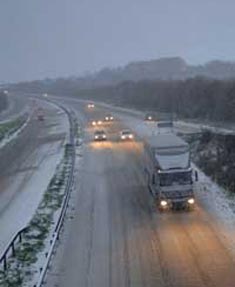Resource produced in collaboration with MEI
Brief overview of session ‘logic’
- Do reports of extreme cold weather provide evidence that global warming is not happening?
- Show the New York Times graphs of summer temperature distributions for the Northern Hemisphere for different periods.
- Interrogate/critique these graphs
- The distributions of temperatures are approximately Normal distributions and the mean and standard deviation both increase as the time period becomes more recent.
- Use the dynamic bell curve to calculate probabilities of different temperatures in different time periods.
- Despite the mean temperature increasing, the standard deviation also increasing means that the probability of extreme low temperatures increases.
- Normal distributions and bell curves can explain a higher frequency of extreme cold weather despite global warming.
Mathematical opportunities offered
- Interpretation of data, statistics, graphs, infographics in context
- Critiquing graphs
- Reading scales
- Using standard form to write very large or very small numbers
- Fitting a Normal distribution or bell curve to a graph
- Exploring the effect of adjusting mean and standard deviation on a bell curve
- Understanding that probabilities can be represented and calculated using areas
- Analysing and comparing data in order to develop and present a conclusion.
Download the resources




